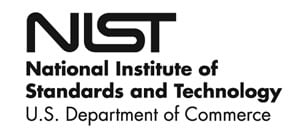RSS feed source: National Institute of Standards & Technology
“Forever chemicals” are everywhere — from Teflon pans and dental floss to raincoats and microwave popcorn bags. Known as PFAS, these chemicals (per- and polyfluoroalkyl substances) are noted for their resistance to heat, oil and water. That same staying power makes them a growing concern. PFAS have been linked to a range of serious health risks, including increased risk of certain cancers, fertility issues, immune system dysfunction and developmental problems. Because PFAS remain in water, soil and air for a long time (hence the name “forever chemicals”), removing them from the environment has become a public priority.
Earlier this year, a team of scientists from Rice University (including U.S. National Science Foundation Graduate Research Fellowship Program alum Kevin Wyss) announced the development of a new method to break down PFAS that is not only extremely effective (removing 99.98% of the most common PFAS pollutant), but also creates the valuable manufacturing material graphene, one of the world’s strongest and lightest materials.
This pioneering method involves combining PFAS with granular activated carbon and salts, then heating it to over 3,000 degrees Celsius in under a second. The intense heat breaks the chemical bonds in PFAS, turning them into harmless fluoride salts. At the same time, the activated carbon in the mixture is turned into graphene, which is used in industries such as manufacturing, electronics
Click this link to continue reading the article on the source website.


